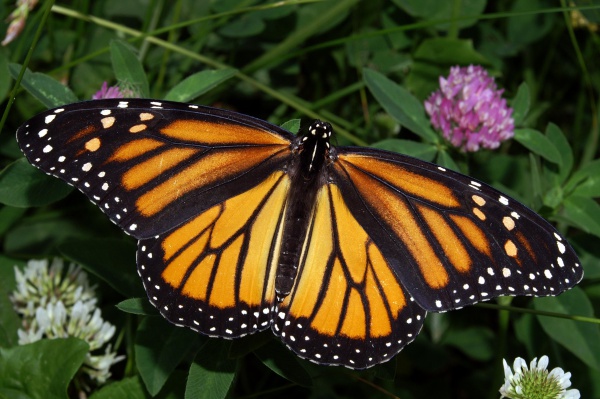Facts About Monarch butterfly
The monarch butterfly, scientifically known as *Danaus plexippus*, is renowned for its iconic black, orange, and white wings. This butterfly is a vital pollinator and belongs to the Nymphalidae family. Monarchs inhabit various regions across the Americas, ranging from southern Canada to South America. One of their most captivating behaviors is their migration: in North America, eastern monarchs journey to Mexico annually, whereas western monarchs migrate to California.
The name "monarch" is thought to honor King William III of England. In North America, the monarch butterfly is the most widespread, comprising three recognized species alongside numerous subspecies and color variations. Scientists have extensively studied these butterflies, exploring their life cycle, vision, and defense mechanisms against predators and parasites.
Despite their prominence, monarch butterflies face significant threats, leading to a decline in their population. Factors such as habitat loss, climate change, herbicide use reducing milkweed (their primary food source), and predation contribute to this decline. In response, various conservation efforts are underway, including the creation of pollinator habitats, reduction in herbicide use, and establishment of butterfly gardens and waystations to support their migration.
Addressing these challenges requires a combination of research, policy changes, and public awareness campaigns. These efforts aim to protect the monarch butterfly and ensure its continued role as a pollinator. Through community engagement and the implementation of scientific strategies, we strive to preserve this iconic species for future generations.

 Canada
Canada